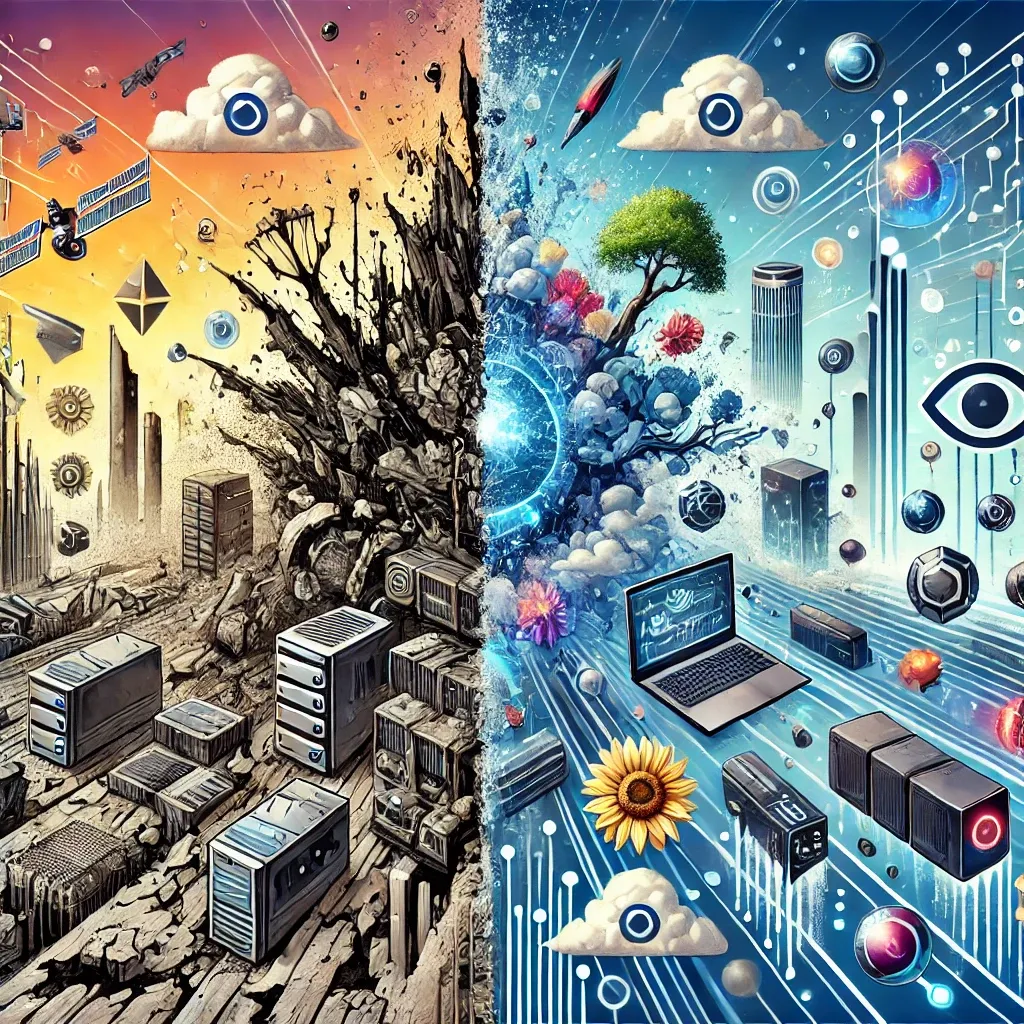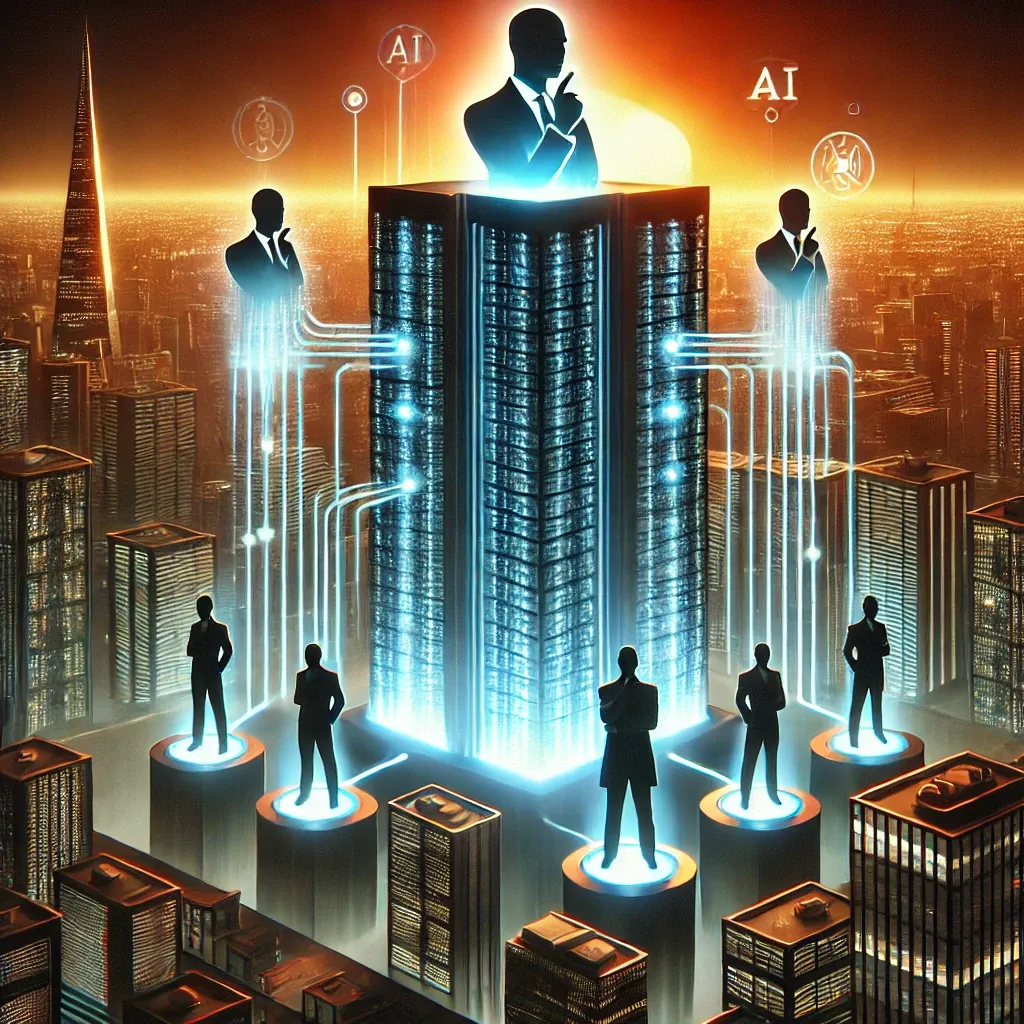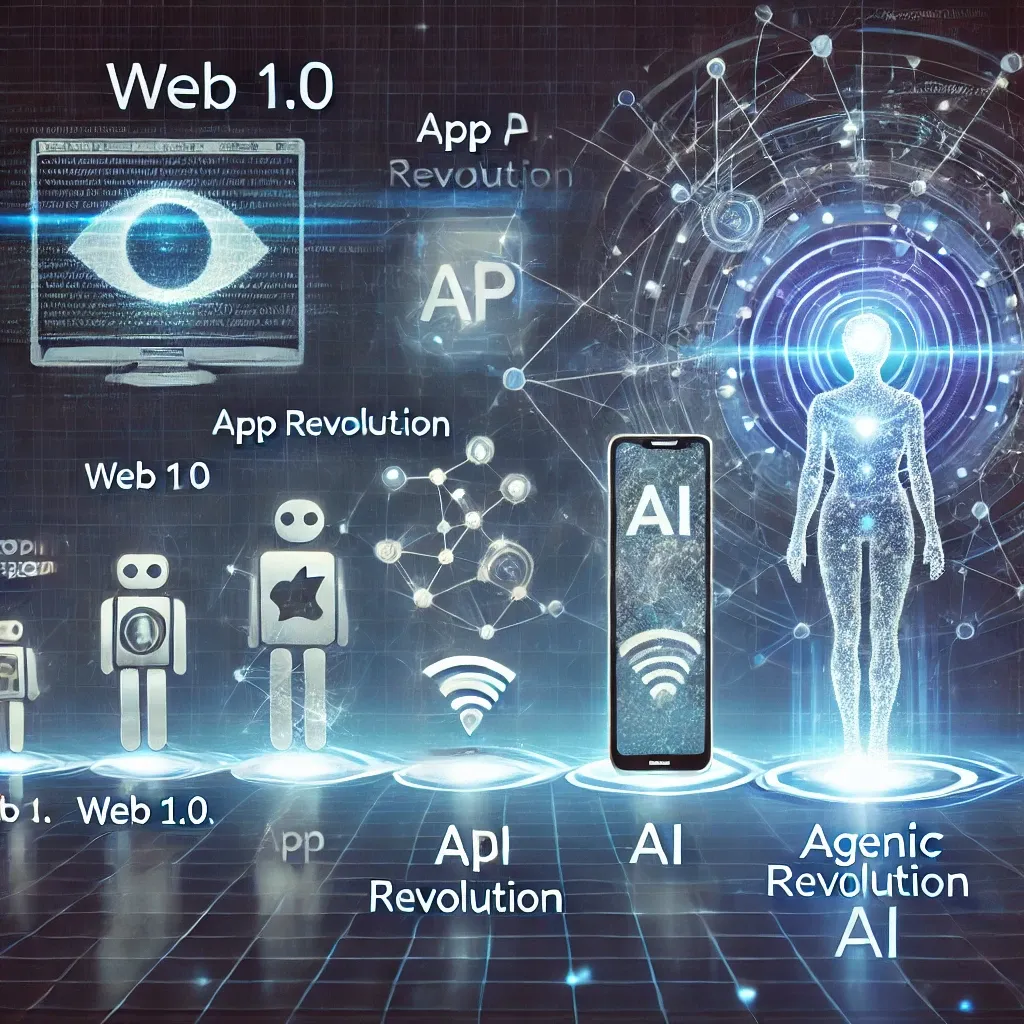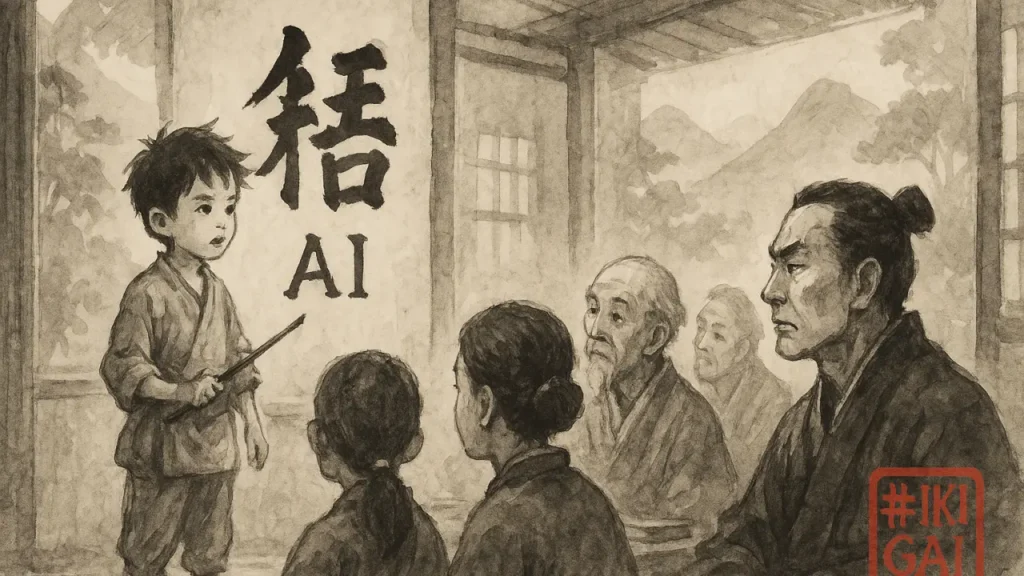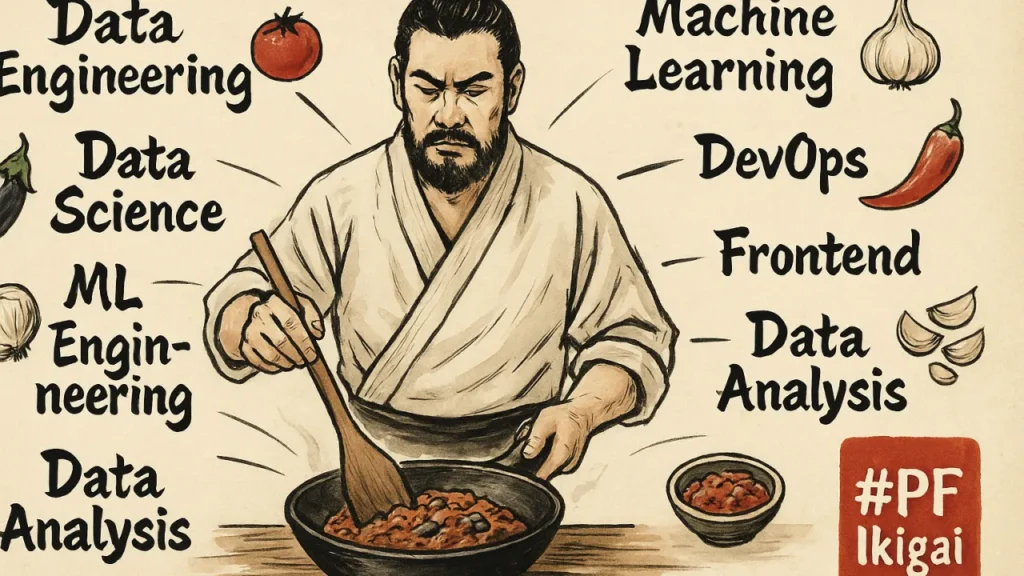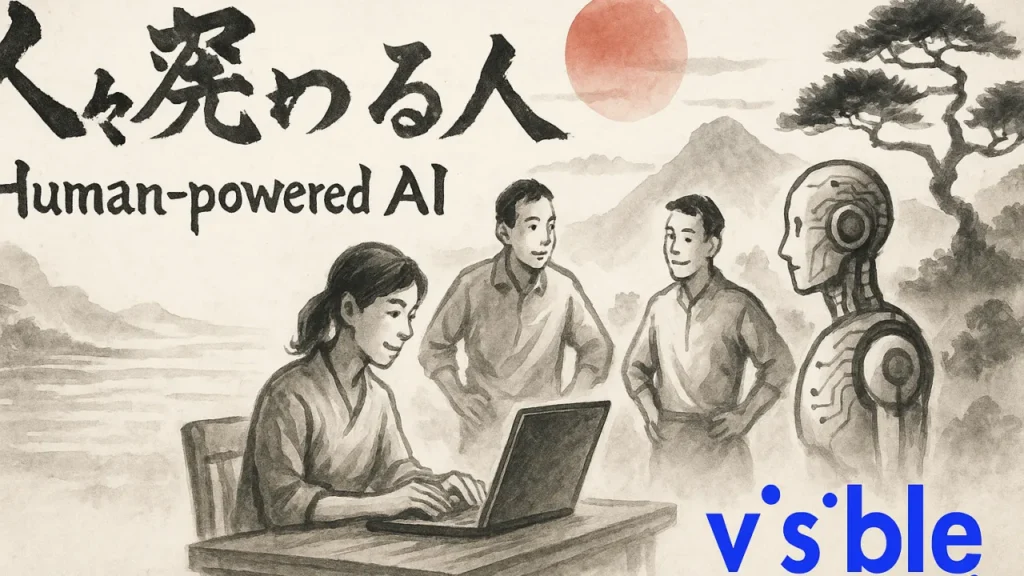Tech Writers at PF
Navigating the AI Revolution: Strategies for Tech Leaders in a New Era
As AI rapidly transitions from a futuristic concept to a practical business tool, it’s essential for tech leaders to understand its growing significance. AI is no longer just a “nice-to-have” but is becoming a key component of product and service development. When applied correctly, AI can eliminate the mundane, repetitive tasks that slow down human productivity, freeing teams to focus on innovation and creative problem-solving. In this article, we’ll explore strategies for effectively using AI, provide real-world examples, and highlight why the right AI applications can transform operations without sacrificing efficiency.
AI as a Parallel Pillar to Human Resources
Tech leaders today must recognize that AI applications need to stand alongside their human teams. At Visible, we introduced “human-powered AI,” combining automation with human expertise to address customer service challenges. This enabled us to reduce our cost-to-serve by over 73%, as AI handled routine inquiries while human agents focused on solving more complex issues. As AI continues to evolve, it will become increasingly vital for tech leaders to balance the automation of mundane tasks with empowering their teams to focus on strategic work.
AI’s Impact on the Tech Landscape
AI is now reshaping industries by automating processes and enabling more informed decision-making. From healthcare to finance, AI is optimizing operations and creating new possibilities for businesses. The key is that AI doesn’t replace human skills—it enhances them. Leaders who understand this potential will drive more successful outcomes, whether by reducing operational costs or developing smarter, more data-driven products.
Strategies for Success in an AI-Driven World
- Continuous Learning: As AI evolves, professionals need to continuously upskill. Regularly engaging in training, courses, and webinars on AI will help teams stay agile and ready to adapt.
- AI Tool Integration: It’s essential to integrate AI tools into daily operations. From automating routine tasks to assisting with decision-making, AI can boost productivity across the board.
- Hybrid Learning: Encourage cross-disciplinary knowledge. As AI intersects with fields like physics, chemistry, and healthcare, broadening knowledge is critical for solving diverse challenges.
- Focus on Efficiency, Not Hype: The best uses of AI focus on eliminating time-consuming tasks. AI’s value lies not in its flashiness but in its ability to enable teams to focus on higher-level work, leaving the repetitive tasks to machines.
Case Studies: AI in Action
Human-Powered AI at Visible
At Visible, we developed “human-powered AI” to tackle customer service challenges like number porting and billing issues. This approach combined automation with human expertise, leading to a 73% reduction in our cost-to-serve. While we didn’t have large language models (LLMs) at the time, our AI-powered chatbot still made a significant impact. Now, with the rapid evolution of AI, even greater automation and improved customer experiences are possible.
AI-Powered Property Listings at Property Finder
At Property Finder, we’ve started leveraging AI to improve the accuracy and reliability of property listings. By automating data verification and enriching property descriptions, we provide consumers with more detailed information to make informed decisions. This AI-human collaboration has created a more transparent marketplace and is helping to build trust with our users.
AI in Prime Video’s Global Recommendation Engine
When I rewrote the recommendation engine for Prime Video and launched it in 180 countries, we used AI to analyze user preferences and predict what content users would enjoy watching. The recommendation engine eliminated the need for extensive searching and filtering, allowing users to easily find content that aligned with their interests. I believe AI-powered recommendation engines have the potential to greatly enhance the user experience by providing personalized content, saving users time and helping them quickly access what they want.
AI: Beyond the Hype
While AI is often presented as a shiny new tool, its real value lies in automating mundane tasks that slow down human productivity. Whether simplifying customer service at Visible or enhancing property listings at Property Finder, AI empowers teams to focus on more strategic work. It’s like an architect using a calculator—the tool doesn’t design the building, but it frees up time for the important creative decisions.
Sometimes, I get funny comments when people learn I use AI to write articles, as if the AI makes my work better. I compare it to using a calculator—it helps with the basics, but it’s the human effort and creativity that deliver the true value.
